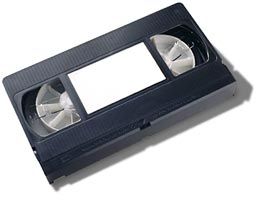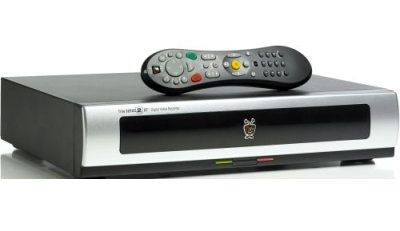When you think about the history of television, there are a handful of events that stand out as extremely important. The invention of the black-and-white TV set and the first broadcasts of television signals in 1939 and 1940 were obviously important. Then there is the advent of color TV and its huge popularity starting in the 1950s. There is the rise of cable television and cable channels like HBO and CNN competing with the three big networks in the 1970s. In this same list must certainly go the development and popularization of the VCR starting in the 1970s and '80s.
The VCR was one of the most important events in the history of TV because, for the first time, it gave people control of what they could watch on their TV sets. Prior to the VCR, there was no such thing as a video store, then video stores popped up all over the country. Now they are extinct, thanks to first, the rise of DVDs and second, to the popularity of in-home streaming.
Advertisement
The other interesting thing about VCRs is how incredibly intricate and interesting they are inside. There are motorized tape loading and ejection systems, complex motorized tape paths, drum-mounted rotating read/record heads.
In this article, we will look inside a VCR to understand the basics of its operation, both from a tape transport standpoint and a signal standpoint.


